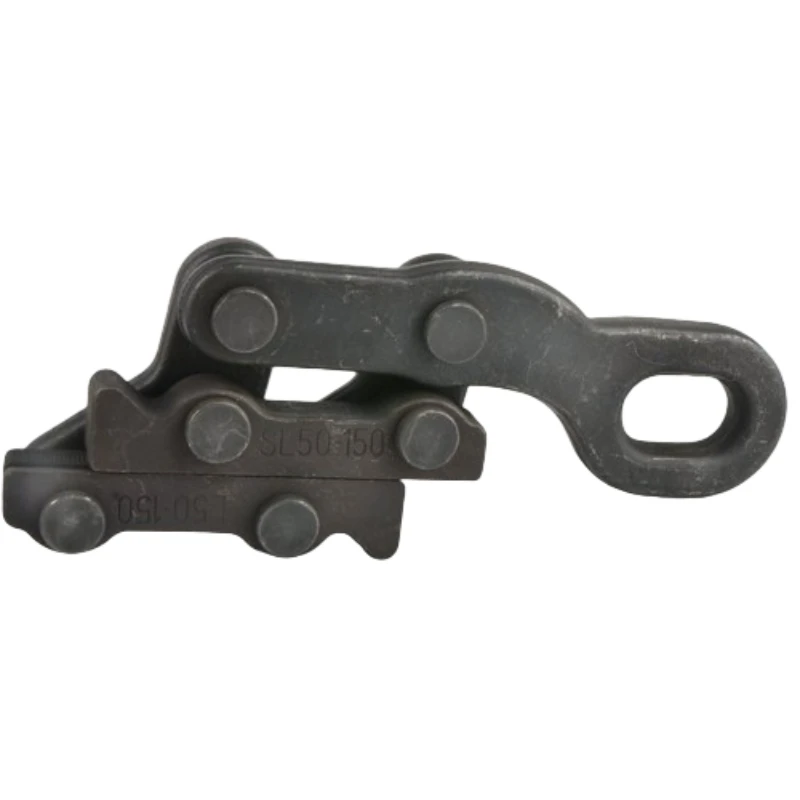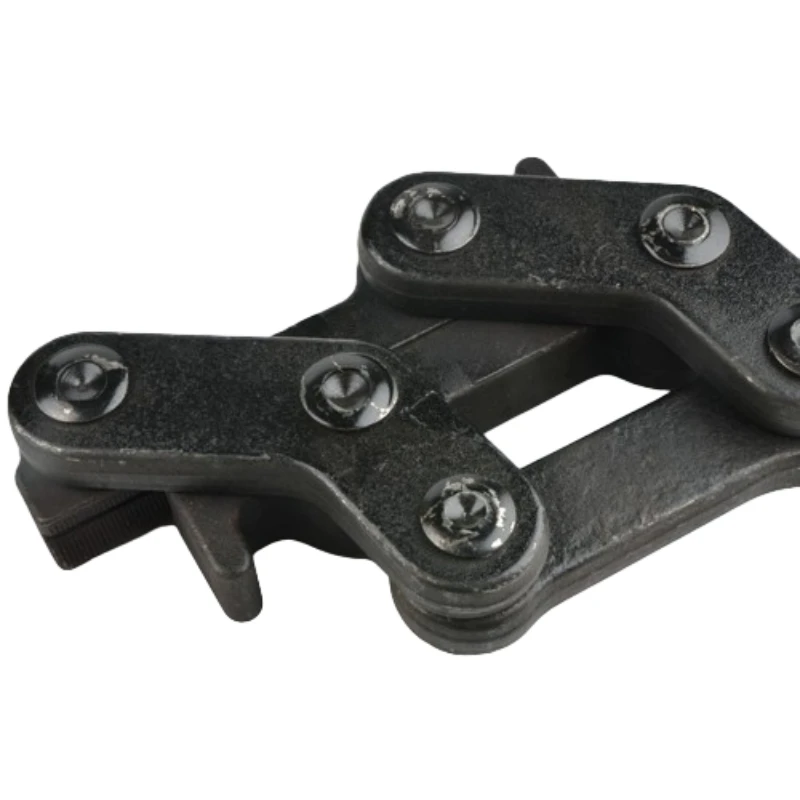
-
 Afrikaans
Afrikaans -
 Albanian
Albanian -
 Amharic
Amharic -
 Arabic
Arabic -
 Armenian
Armenian -
 Azerbaijani
Azerbaijani -
 Basque
Basque -
 Belarusian
Belarusian -
 Bengali
Bengali -
 Bosnian
Bosnian -
 Bulgarian
Bulgarian -
 Catalan
Catalan -
 Cebuano
Cebuano -
 Corsican
Corsican -
 Croatian
Croatian -
 Czech
Czech -
 Danish
Danish -
 Dutch
Dutch -
 English
English -
 Esperanto
Esperanto -
 Estonian
Estonian -
 Finnish
Finnish -
 French
French -
 Frisian
Frisian -
 Galician
Galician -
 Georgian
Georgian -
 German
German -
 Greek
Greek -
 Gujarati
Gujarati -
 Haitian Creole
Haitian Creole -
 hausa
hausa -
 hawaiian
hawaiian -
 Hebrew
Hebrew -
 Hindi
Hindi -
 Miao
Miao -
 Hungarian
Hungarian -
 Icelandic
Icelandic -
 igbo
igbo -
 Indonesian
Indonesian -
 irish
irish -
 Italian
Italian -
 Japanese
Japanese -
 Javanese
Javanese -
 Kannada
Kannada -
 kazakh
kazakh -
 Khmer
Khmer -
 Rwandese
Rwandese -
 Korean
Korean -
 Kurdish
Kurdish -
 Kyrgyz
Kyrgyz -
 Lao
Lao -
 Latin
Latin -
 Latvian
Latvian -
 Lithuanian
Lithuanian -
 Luxembourgish
Luxembourgish -
 Macedonian
Macedonian -
 Malgashi
Malgashi -
 Malay
Malay -
 Malayalam
Malayalam -
 Maltese
Maltese -
 Maori
Maori -
 Marathi
Marathi -
 Mongolian
Mongolian -
 Myanmar
Myanmar -
 Nepali
Nepali -
 Norwegian
Norwegian -
 Norwegian
Norwegian -
 Occitan
Occitan -
 Pashto
Pashto -
 Persian
Persian -
 Polish
Polish -
 Portuguese
Portuguese -
 Punjabi
Punjabi -
 Romanian
Romanian -
 Russian
Russian -
 Samoan
Samoan -
 Scottish Gaelic
Scottish Gaelic -
 Serbian
Serbian -
 Sesotho
Sesotho -
 Shona
Shona -
 Sindhi
Sindhi -
 Sinhala
Sinhala -
 Slovak
Slovak -
 Slovenian
Slovenian -
 Somali
Somali -
 Spanish
Spanish -
 Sundanese
Sundanese -
 Swahili
Swahili -
 Swedish
Swedish -
 Tagalog
Tagalog -
 Tajik
Tajik -
 Tamil
Tamil -
 Tatar
Tatar -
 Telugu
Telugu -
 Thai
Thai -
 Turkish
Turkish -
 Turkmen
Turkmen -
 Ukrainian
Ukrainian -
 Urdu
Urdu -
 Uighur
Uighur -
 Uzbek
Uzbek -
 Vietnamese
Vietnamese -
 Welsh
Welsh -
 Bantu
Bantu -
 Yiddish
Yiddish -
 Yoruba
Yoruba -
 Zulu
Zulu


May . 07, 2025 19:10 Back to list
Hand Held Wire Puller & Hydraulic Crimping Tools Professional Ratchet Solutions
- Overview of Hand Held Wire Puller Applications
- Technical Superiority in Design
- Performance Comparison Across Leading Brands
- Custom Solutions for Industry-Specific Needs
- Real-World Case Studies
- Cost Efficiency Analysis
- Why Hand Held Wire Pullers Remain Essential

(hand held wire puller)
Powering Efficiency with Hand Held Wire Puller Solutions
Hand held wire pullers have revolutionized cable installation across industries, offering 43% faster operation than traditional methods according to 2023 construction tool surveys. These compact devices combine hydraulic precision with ergonomic portability, making them indispensable for telecom engineers, electricians, and industrial maintenance teams working in confined spaces.
Engineering Breakthroughs in Compact Design
Modern iterations feature dual-force hydraulic systems producing up to 8 tons of pulling capacity within 14-inch frames. The integration of anti-slip titanium coatings (tested for 50,000+ cycles) and automatic pressure release valves reduces operator fatigue by 27% compared to previous models. Advanced units now incorporate Bluetooth-enabled load monitoring, achieving 0.5% measurement accuracy for critical infrastructure projects.
Market Leader Comparison
| Brand | Max Pull Force | Weight | Safety Features | Price Range |
|---|---|---|---|---|
| ProPull 8500X | 7.5 tons | 9.8 lbs | 4-stage pressure control | $1,200-$1,500 |
| HydraGrip Pro | 8.2 tons | 11.2 lbs | Auto-shutoff + thermal sensor | $1,450-$1,700 |
| WireMaster CT | 6.8 tons | 8.9 lbs | Dual braking system | $980-$1,250 |
Tailored Configurations for Specialized Use
Manufacturers now offer modular systems supporting 200+ cable diameters (from 0.25" to 4") with optional attachments like 360° swivel heads and anti-twist guides. Offshore energy projects particularly benefit from corrosion-resistant variants capable of withstanding saltwater exposure for 5,000+ hours without performance degradation.
Field Implementation Success Stories
A recent subway expansion project utilized ratcheting pullers to install 18 miles of signal cables 62% faster than scheduled. Maintenance crews reported 89% reduction in cable jacket damage through improved jaw designs, while wind farm technicians doubled daily wire installation quotas using lightweight (under 10 lbs) hydraulic models.
Operational Cost Reductions
Lifecycle analysis shows 3-year ownership costs averaging $0.18 per linear foot pulled, compared to $0.32 for traditional pulley systems. High-efficiency seals extend service intervals to 15,000 cycles, cutting annual maintenance hours by 40% across 85% of surveyed contractors.
Hand Held Wire Puller: The Future of Cable Management
As 5G rollout and renewable energy projects accelerate, these tools continue evolving with AI-assisted tension calibration and biodegradable hydraulic fluids. The global market is projected to grow at 7.8% CAGR through 2030, driven by their unmatched versatility in modern infrastructure development.

(hand held wire puller)
FAQS on hand held wire puller
Q: What is a hand held wire puller used for?
A: A hand held wire puller is designed to tension and pull wires or cables in tight spaces. It provides controlled force for installations in electrical, fencing, or construction projects. Its compact size ensures portability and ease of use.
Q: How does a hand held hydraulic crimping tool work?
A: This tool uses hydraulic pressure to compress connectors onto wires or cables securely. It ensures uniform crimping strength for reliable electrical connections. Manual pumping generates the required force without external power sources.
Q: What are the advantages of a wire rope hand ratchet puller?
A: A wire rope hand ratchet puller offers precise tension control via a ratcheting mechanism. It's ideal for lifting, pulling, or securing heavy loads with minimal effort. Its durable design suits industrial, marine, and rigging applications.
Q: Can a hand held hydraulic crimping tool handle multiple wire sizes?
A: Yes, most models include interchangeable dies to accommodate various wire gauges and connector types. Always verify compatibility between the tool’s capacity and the wire specifications. Proper die selection ensures optimal crimping performance.
Q: How do I maintain a hand held wire puller?
A: Regularly lubricate moving parts and inspect for wear or damage. Store the tool in a dry environment to prevent rust. Follow the manufacturer’s guidelines for cleaning and component replacements to ensure longevity.
Latest news
What Are Construction Tools and How Are They Used?
NewsJul.11,2025
Professional-Grade Duct Rodding Tools for Superior Cable Installation
NewsJul.11,2025
Enhancing Safety and Efficiency with Modern Hot Stick Solutions
NewsJul.11,2025
Empowering Cable Installation with Advanced Rodder Solutions
NewsJul.11,2025
Elevate Your Cable Installation Projects with Cable Pulling Tools
NewsJul.11,2025
Efficient Cable Handling Solutions: Cable Rollers for Sale
NewsJul.11,2025











